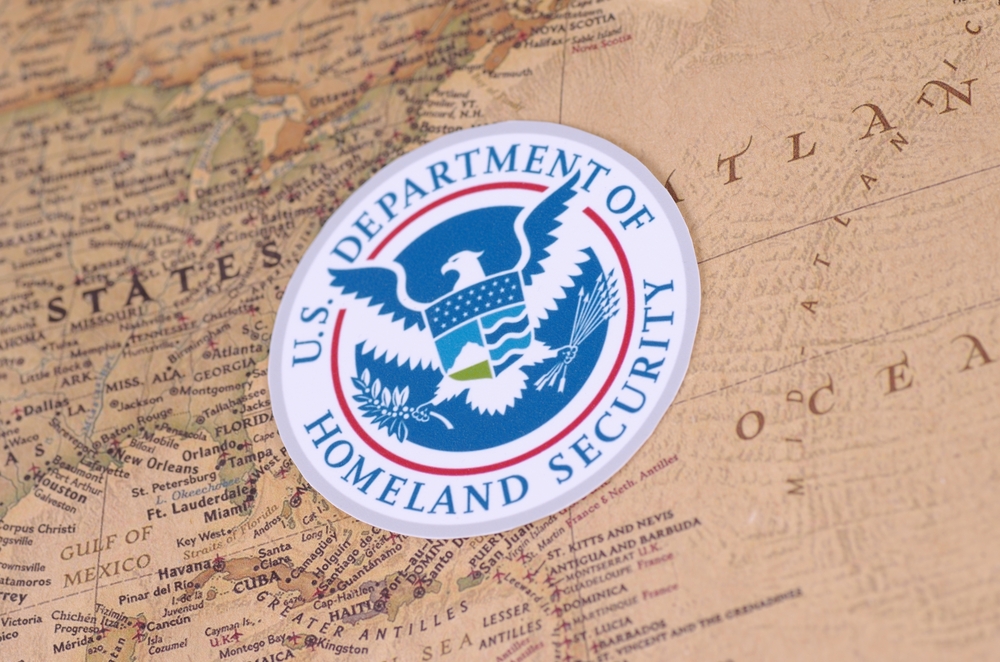
A witness at a House subcommittee hearing on Thursday identified drone delivery of biological, chemical and nuclear weapons as one of the newest threats to homeland security, as lawmakers examined a proposal to reorganize and enhance U.S. defenses against weapons of mass destruction.
The assessment came during the House Homeland Security’s Subcommittee on Emergency Preparedness, Response, and Communications, where House members probed the creation of a new office within the Department of Homeland Security (DHS): the Countering Weapons of Mass Destruction (CWMD) Office. DHS seeks to reorganize its efforts to counter threats from weapons of mass destruction into one office within DHS and legislative changes are necessary to fully integrate the CWMD Office.
Subcommittee chairman Rep. Dan Donovan (R-NY) told those at the hearing the threat of weapons of mass destruction has changed and become more diverse.
“We know that terrorist groups have long strived to employ chemical, biological, radiological, and nuclear materials in their attacks,” Donovan said in his opening remarks.
Donovan mentioned several chemical attacks that indicated an increased level of concern, including reports of ISIS using mustard gas in Syria as well as the use of Sarin and chlorine gas by the Syrian government. He also cited a plot to release hydrogen sulfide uncovered by the Australian police, and plans found on a laptop in Syria in 2014 that outlined an ISIS plot to weaponize the bubonic plague and a document that discussed the advantages of using biological weapons.
“As the world of threats becomes more complex, it is incumbent upon the Department of Homeland Security to assess whether or not it is optimally organized to best confront the variety of threats it is expected to counter,” Donovan said.
Those threats were the reason DHS created the CWMD, one hearing witness said.
“The purpose of the CWMD is to work every day to prevent another catastrophic attack, one using weapons or materials that have the potential to kill our citizens in numbers that dwarf previous attacks,” said James McDonnell, assistant secretary for countering weapons of mass destruction and director of the Domestic Nuclear Detection Office for the U.S. Department of Homeland Security.
“We have credible evidence of an increase in terrorists wanting to use chemical, biological, radiological and nuclear weapons against us. Certain WMD, weapons once thought impossible for non-state actors to acquire, are now getting into the hands of those who would seek to use them against us,” he added.
McDonnell said the office would look at ways to address the entry of weapons of mass destruction into the United States, instead of focusing detection efforts on “one yard line strategies.”
Acting Under Secretary of the Science and Technology Directorate William Bryan testified that his division would be working with the new office to counter threats. “Working together with CWMD we will apply our science and engineering excellence to counter the threat of weapons of mass destruction against the homeland,” Bryan said.
Bryan identified the need to counter drones capable of deploying toxic agents as one of the priorities the offices must focus their efforts on. The offices, he said, need the authority to test counter measures to such an attack in a real-time environment.
Furthermore, both offices should communicate to ensure there is a coordinated response in place that will meet the needs of first responders, he said.
Bryan also listed some of the Science and Technology Directorate’s advances, including a portable vehicle disinfectant system that deploys from the back of a pick-up truck and can clean a vehicle up to 80-feet long and prevent the spread of disease from farm to farm.




